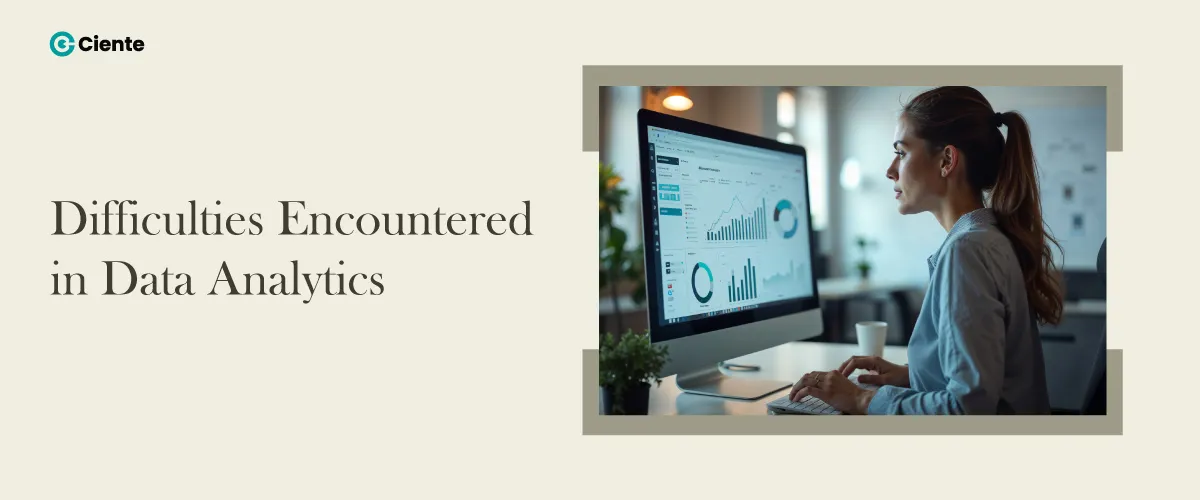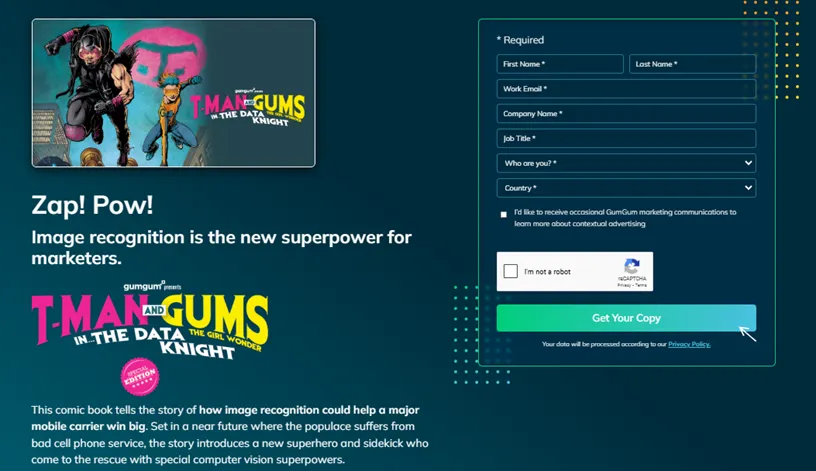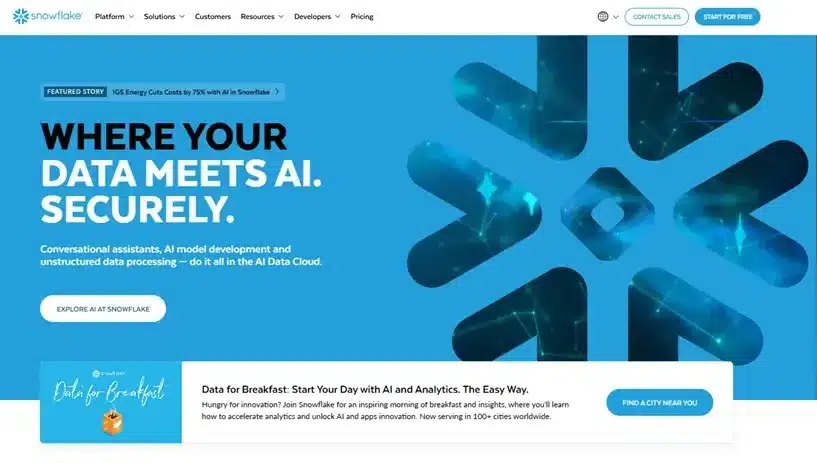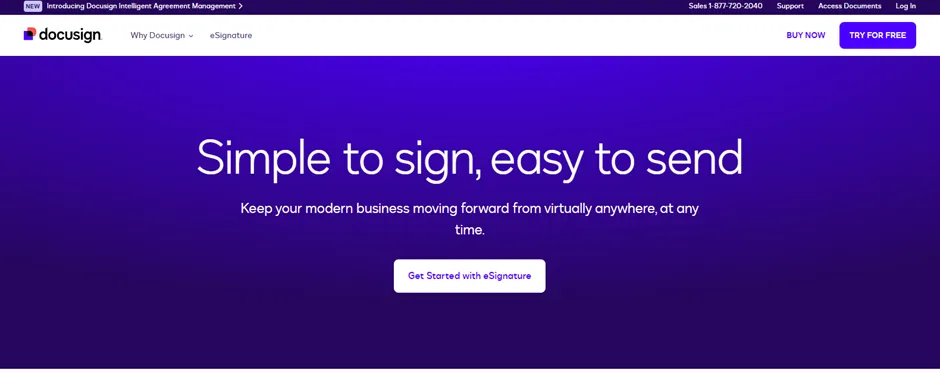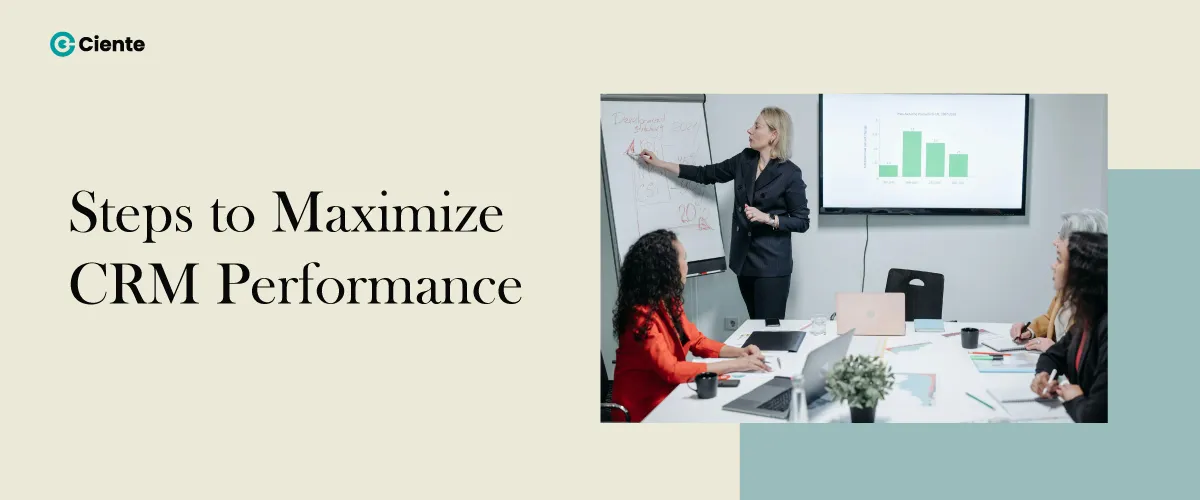Essential Guide to Analyzing Competitors’ SaaS Marketing Strategy
The SaaS market has inflated quite rapidly in the last two decades. Ever since Salesforce pioneered the scene, competition in the SaaS space has kept on increasing.
Organizations are going SaaS-native.
But what about the companies entering the scene today?
They need a strong marketing message to stand out from their competitors but that does not mean ignoring what the competition is doing. It’s understanding what works for them and then using it to your advantage.
Everyone talks about differentiation but the conversations regarding parity or sameness are limited.
Competitive analysis is vital for standing out. Once you know what’s working in the industry can you use it to create something new while using it as a framework for growth.
However, competitive analysis is not easy. It requires understanding the nuances of your market and your buyer. But it can be done.
Here’s how.
Why Watching Competitors Matters?
Just having a good product is not enough anymore. People will notice your software not just for what it does but for how well you present it. If you don’t keep an eye on others in the same field, you could miss smart pricing, great customer service ideas, or marketing strategies that may attract more people.
Looking at your competitors isn’t just about copying them. You’ll have real data that will help you spot what they do well and where they fail. For example, if a competitor’s pricing model is attracting more customers, you should also look if your model can do the same.
Competitive analysis makes it easier to show why your software is the better choice.
What’s SaaS Competitive Analysis?
Competitive analysis is about studying your competitors. Everything about their products, marketing, customer approach, and business strategy. It helps you see what’s working for them and what’s not. This way, you can make your SaaS product stand out.
How Competitive Analysis Helps Businesses
Studying competitors is indeed a smart way to grow. You can easily :
- Find market gaps – See what your competitors are missing and offer something better.
- Strengthen your value – Knowing what others promise helps you refine what makes your product stand out.
- Stay updated – The SaaS market changes fast. Watching competitors helps you keep up.
- Improve marketing – Learn from their wins and mistakes to avoid wasting time.
- Engage better with customers – See how they interact with customers and find ways to do it better.
- Set better prices – Understanding their pricing can help you create a more attractive offer.
- Keep customers longer – Noticing their flaws can help you improve support and keep users happy.
Steps to Spy on Your Competitors’ SaaS Marketing
If you want to top the competition in SaaS marketing, do these three steps:
Step 1: Find Your Main Competitors
Make a list of businesses in the same industry. Use Google searches, LinkedIn, or industry directories. Also, find all the indirect competitors offering different products but targeting the same audience. Ask yourself:
- Who are the biggest competitors in your field?
- Which companies reach the same customers as you?
- Who is ranking high on Google in your industry?
- Are there any new startups changing the industry?
- Which competitors are often discussed in forums?
Step 2: Research Their Offerings
Look at what your competitors provide:
- How do they price their products?
- What features do they offer?
- Do they have free trials or discounts?
- Who is their target audience?
- What do customers say in reviews?
- Is their product easy to use?
See where they are strong and where they fall short. Do they have something you don’t? Are there gaps you can fill? Noting these differences will help you improve your approach.
Step 3: Study Their Marketing
Check how they attract customers:
- Content marketing – Blogs, videos, case studies
- Social media – What they post and how often
- Emails – Sign up and see their messaging
- Ads and promotions – PPC ads, banners, sponsored content
- Webinars and events – How they engage live
- Referral programs – Do they use affiliates?
- Look at their tone– Is it formal or casual?
Understanding their style will help you shape your own message.
Step 4: Check Customer Feedback and Engagement
See what customers are saying. You can do this by reading reviews, browsing forums, and checking social media comments. Are customers frustrated with their support? Do they love a unique feature? This info can be used to improve your own service.
Step 5: Spot Their Strengths and Weaknesses
Now, compare what you’ve found with your own SaaS product. What do they do better? Where do they fall short? This can help you improve and offer something better.
Step 6: Create a Strategy
Use what you’ve learned to improve your approach. Maybe you need better content, a different pricing model, or stronger customer support. The main thing to apply these things wisely.
If you want to master SaaS marketing, a digital marketing master’s degree can help you succeed in the online world.
Ways to Learn from Your SaaS Competitor’s Marketing Strategy
Not sure about how to spy on your competitor’s strategies in Saas Marketing? Here are some simple ways to find out:
1. Sign Up for Their Newsletters – Their emails can tell you a lot. Sign up to know how they communicate, what promotions they offer, and what content they push.
2. Track Brand Mentions – Set up Google Alerts or just browse reviews to see how people feel about them. Are they getting positive feedback? Any common complaints? This can give you ideas on what to do or avoid.
3. Look at Their Ads – Search for their ads on Facebook and Google. What kind of messages are they using? What deals are they pushing? You will get to know more on their selling points.
4. Follow Their Social Media – See what they post on LinkedIn, Twitter, or Facebook. How often do they post? How do they reply to comments? This will indeed help you decode their strategy.
5. Explore Their Website Like a Customer – Visit their website and go through it as if you were a new customer. How do they present their services? This can show you what works well and what doesn’t.
Tools to Spy Your Competitors Better
Here are some tools that will save time and give you accurate competitor data:
SEMrush & Ahrefs – See the Keywords
These tools help to know the keywords that bring traffic.
How to use it:
- Enter their website and check their top keywords.
- See who links to them and find ways to get backlinks too.
- Compare their pages with yours to spot what’s missing.
Google Alerts – Get Updates on Their Mentions
Google Alerts tells you when your competitor’s name appears online.
How to Use:
- Add their company name or key people.
- Get updates when someone mentions them.
- Choose to receive alerts instantly or at set times.
BuiltWith – See Their Website Tools
This tool reveals what technology powers their website.
How to use:
- Enter their website and check the tools they use.
- Compare with yours to find better options.
SimilarWeb – Check Their Website Traffic
Find out where their visitors come from and how they interact.
How to use:
- See if their traffic comes from search engines, ads, or social media.
- Find out which countries their visitors are from.
- Check if their traffic is growing or shrinking.
- Receive alerts instantly or at alert times.
These tools will be really helpful to you see what’s working for your competitors so you can make better decisions for your own business.
Mistakes to Avoid
Watching competitors can help, but don’t fall into these traps:
- Copying Everything – Learning from others is good, but copying won’t make you stand out. Find your own way.
- Ignoring Your Strengths – Don’t get too caught up in what others do. Focus on what makes your business special.
- Overthinking – Too much research can slow you down. Use what you learn and take action.
Dos and Don’ts – Legal considerations
Watching competitors can help in business, but it should always be done honestly.
What’s Okay?
- Checking their website, blog, and social media.
- Asking people about market trends through surveys.
- Reading public customer reviews.
- Using tools like SEMrush or Google Alerts to track changes.
What’s Not OK?
- Gathering private information from their website.
- Opening fake accounts to view off-limits information.
- Attempting to hack or steal confidential data
- Faking being a customer or supplier to obtain insider information
Be ethical. Take lessons from competitors but build your own strength. Fair competition brings long-term success.
Upcoming Trends in SaaS Competitive Analysis
The following are some future trends in SaaS marketing competitive analysis
1. AI Competitive Analysis – New AI tools will help companies track changes in prices, products, and ads. This will make it easier to keep up with competitors. Predictive analytics might even help companies guess what their competitors will do next, so they can get ready.
2. Privacy-Focused Data Collection – With new rules like GDPR and CCPA, businesses will use more public data and less third-party tracking. Being careful with how data is collected will be important to stay competitive.
3. Real-Time Competitor Tracking – Companies will begin using tools that give instant updates on what competitors are doing—like tracking customer feedback and website visits. This helps them make faster decisions with the most current data.
4. Personalization Strategies – Businesses will watch how competitors tailor their services, such as by offering custom product recommendations and adjusting prices.
Final Thoughts
We hope these steps have given you some clear ideas to boost your SaaS marketing and stand out. Instead of copying others, learn from their mistakes so you can improve. Take time to research and plan. Your next great idea might come from watching your competitors the right way.


